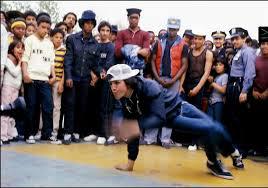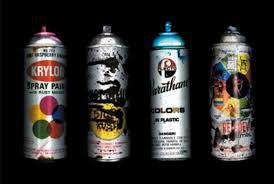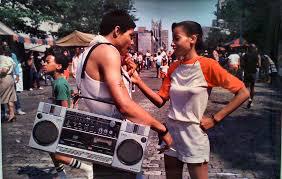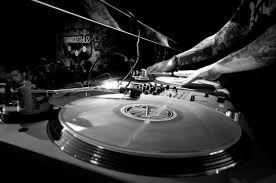
Mission
Brief History of Hip Hop

Hip hop is a broad conglomerate of artistic forms that originated within a marginalized subculture in the South Bronx and Harlem in New York City among black and Latino youth during the 1970s.[1][2][3][4][5][6] It is characterized by four distinct elements, all of which represent the different manifestations of the culture: rap music (oral),turntablism or “DJing” (aural), breaking (physical) and graffiti art (visual). Even while it continues in contemporary history to develop globally in a flourishing myriad of diverse styles, these foundational elements provide stability and coherence to the culture.[1] The term is frequently used mistakenly to refer in a confining fashion to the mere practice of rap music.[citation needed]

The origin of the culture stems from the block parties of the Ghetto Brothers when they plugged the amps for their instruments and speakers into the lampposts on 163rd Street and Prospect Avenue, and from DJ Kool Herc at 1520 Sedgwick Avenue, where Herc mixed samples of existing records with his own shouts to the crowd and dancers. Kool Herc is credited as the “father” of hip hop. DJ Afrika Bambaataa of the hip hop collective Zulu Nation outlined the pillars of hip hop culture, to which he coined the terms: MCing or “Emceein”, DJing or “Deejayin”, B-boying and graffiti writing or “Aerosol Writin”.[7][8][9][10][11]

Since its evolution throughout the South Bronx, hip hop culture has spread to both urban and suburban communities throughout the world.[12]Hip hop music first emerged with Kool Herc and contemporary disc jockeys and imitators creating rhythmic beats by looping breaks (small portions of songs emphasizing a percussive pattern) on two turntables. This was later accompanied by “rap”, a rhythmic style of chanting or poetry often presented in 16-bar measures or time frames, and beatboxing, a vocal technique mainly used to provide percussive elements of music and various technical effects of hip hop DJs. An original form of dancing and particular styles of dress arose among fans of this new music. These elements experienced considerable adaptation and development over the course of the history of the culture.

Hip hop is simultaneously a new and old phenomenon; the importance of sampling to the art form means that much of the culture has revolved around the idea of updating classic recordings, attitudes, and experiences for modern audiences—called “flipping” within the culture. It follows in the footsteps of earlier American musical genres such as blues, salsa, jazz, and rock and roll in having become one of the most practiced genres of music in existence worldwide, and also takes additional inspiration regularly from soul music, funk, and rhythm and blues.
(According to Wikipedia http://en.wikipedia.org/wiki/Hip_hop)

whatever you do”

